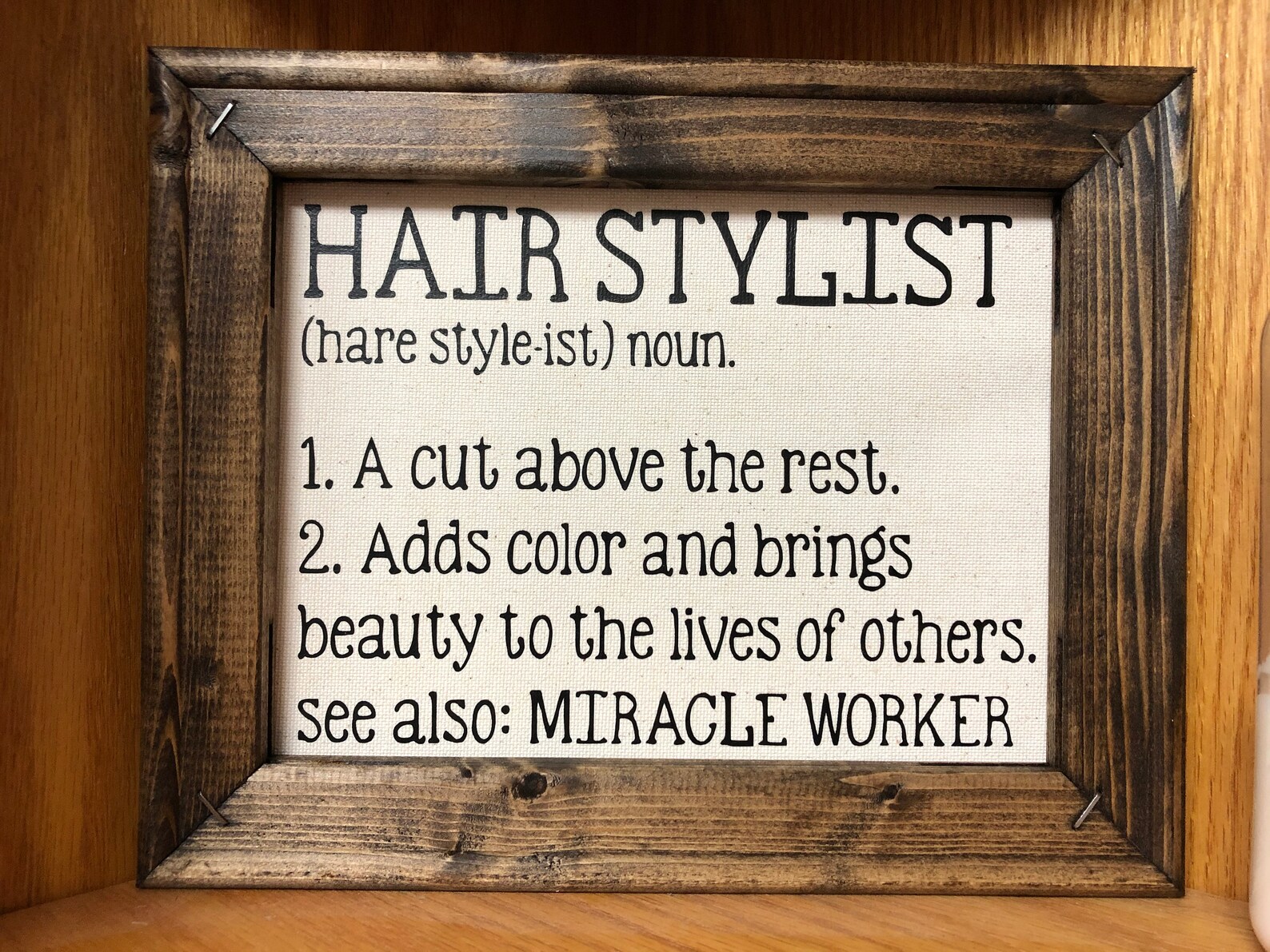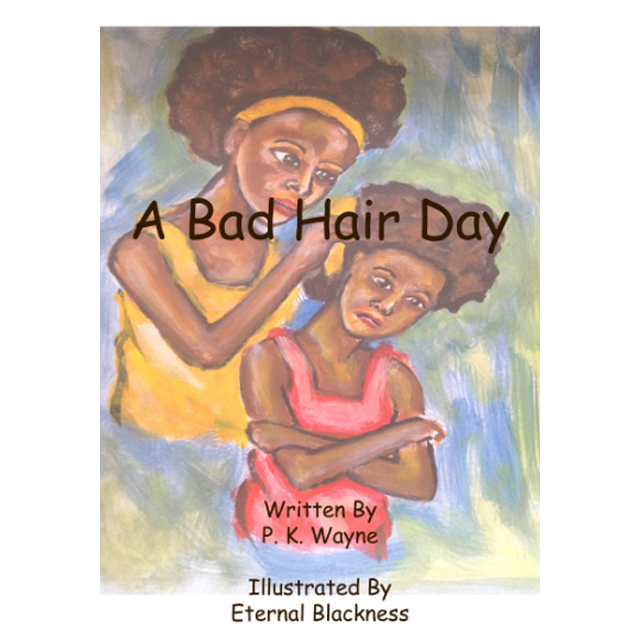Table Of Content

People with longer hair will most often use scissors to cut their hair, whereas shorter hair is maintained using a trimmer. Depending on the desired length and overall health of the hair, periods without cutting or trimming the hair can vary. In some mammals, such as hedgehogs and porcupines, the hairs have been modified into hard spines or quills. These are covered with thick plates of keratin and serve as protection against predators. Thick hair such as that of the lion's mane and grizzly bear's fur do offer some protection from physical damages such as bites and scratches.
Hair Growth
The differing colours and colour patterns in hair coats can also serve purposes of camouflage and of sexual recognition and attraction among the members of a species. Specialized hairs called vibrissae, or whiskers, serve as sensory organs for certain nocturnal animals. The specially modified hairs of the porcupine are called quills and serve defensive purposes.
Maya Hawke's Definition Of 'Sexy' And Secret Behind Her Shaggy Hair Do Are Our 2023 Style Mantras - ELLE UK
Maya Hawke's Definition Of 'Sexy' And Secret Behind Her Shaggy Hair Do Are Our 2023 Style Mantras.
Posted: Tue, 06 Dec 2022 08:00:00 GMT [source]
Hair structure
Cassandra, whose hair has already begun to fall out from her court-mandated chemotherapy, could face a similar outcome. So proper that his salt-and-pepper hair is never out of place. The state’s worst tier — the dreaded purple tier — would allow only hair salons and barber shops to continue operating indoors at full capacity. You may not see it but you are eating it and washing your hair with it.
More Learner's Dictionary definitions for hair

African Americans as a whole have a variety of hair textures, as they are not an ethnically homogeneous group, but an ad-hoc of different racial admixtures. Waxing involves using a sticky wax and strip of paper or cloth to pull hair from the root. Waxing is the ideal hair removal technique to keep an area hair-free for long periods of time. It can take three to five weeks for waxed hair to begin to resurface again. Hair in areas that have been waxed consistently is known to grow back finer and thinner, especially compared to hair that has been shaved with a razor.
Can you solve 4 words at once?
It is substantiated by Iyengar's findings (1998) that UV light can enter into straight human hair roots (and thus into the body through the skin) via the hair shaft. Specifically, the results of that study suggest that this phenomenon resembles the passage of light through fiber optic tubes (which do not function as effectively when kinked or sharply curved or coiled). In this sense, when hominids (i.e. Homo erectus) were gradually losing their straight body hair and thereby exposing the initially pale skin underneath their fur to the sun, straight hair would have been an adaptive liability. By inverse logic, later, as humans traveled farther from Africa and/or the equator, straight hair may have (initially) evolved to aid the entry of UV light into the body during the transition from dark, UV-protected skin to paler skin. The typical mammalian hair consists of the shaft, protruding above the skin, and the root, which is sunk in a pit (follicle) beneath the skin surface.
What Is Balayage? - Balayage Hair Color Highlights vs. Ombre - Good Housekeeping
What Is Balayage? - Balayage Hair Color Highlights vs. Ombre.
Posted: Thu, 08 Apr 2021 07:00:00 GMT [source]
Dictionary Entries Near hair
Depilation is the removal of hair from the surface of the skin. Epilation is the removal of the entire hair strand, including the part of the hair that has not yet left the follicle. At the base of the hair, the hair root widens to a round hair bulb.
Related Words

When the hair has separated completely from the papilla, the supply of blood is cut off in the final resting phase, which is also called the telogen phase. The hair is gradually pushed out of the skin and eventually falls out. The shaft is the visible part of the hair that sticks out of the skin. The hair root is in the skin and extends down to the deeper layers of the skin.
At the end of this phase, which lasts about 2 to 4 months, another anagen phase begins. The basal cells in the hair matrix then produce a new hair follicle, which pushes the old hair out as the growth cycle repeats itself. Hair typically grows at the rate of 0.3 mm per day during the anagen phase. Hair loss occurs if there is more hair shed than what is replaced and can happen due to hormonal or dietary changes. Hair loss can also result from the aging process, or the influence of hormones.
Meaning of hair – Learner’s Dictionary
Instead, the relatively sparse density of Afro-hair, combined with its springy coils actually results in an airy, almost sponge-like structure that in turn, Jablonski argues,[52] more likely facilitates an increase in the circulation of cool air onto the scalp. Further, wet Afro-hair does not stick to the neck and scalp unless totally drenched and instead tends to retain its basic springy puffiness because it less easily responds to moisture and sweat than straight hair does. Hair has its origins in the common ancestor of mammals, the synapsids, about 300 million years ago. It is currently unknown at what stage the synapsids acquired mammalian characteristics such as body hair and mammary glands, as the fossils only rarely provide direct evidence for soft tissues. All natural hair colors are the result of two types of hair pigments. Both of these pigments are melanin types, produced inside the hair follicle and packed into granules found in the fibers.
Thick strands whose shed strands usually are easily identified. His hair was darker—almost brown save at the temples, where age had faded it to an ashen colour. He was tall and of familiar figure, and the firelight was playing in the tossed curls of his short, fair hair.
Except for a few growing cells at the base of the root, the hair is dead tissue, composed of keratin and related proteins. The hair follicle is a tubelike pocket of the epidermis that encloses a small section of the dermis at its base. The human hair is formed by divisions of cells at the base of the follicle. As the cells are pushed upward from the follicle’s base, they become keratinized (hardened) and undergo pigmentation. Next is the telogen or resting phase of the hair cycle, in which the hair follicle is dormant, and growth of the hair shaft does not occur.
Hair has many areas of clinical significance, which include diseases of hair loss, excess, alterations due to nutritional deficiencies, infectious causes, and effects of drug reactions. Many subcultures have hairstyles which may indicate an unofficial membership. Many hippies, metalheads, and Indian sadhus have long hair, as well many older hipsters. Many punks wear a hairstyle known as a mohawk or other spiked and dyed hairstyles, while skinheads have short-cropped or completely shaved heads.
The cross-sectional shape of hair also determines the amount of shine that the hair has. Straighter hair is shinier because sebum from the sebaceous gland can easily travel down the hair. With curly hair, the sebum has trouble traveling down the hair, making it look more dry and dull.
Regular hairdressing in some cultures is considered a sign of wealth or status. The dreadlocks of the Rastafari movement were despised early in the movement's history. In some cultures, having one's hair cut can symbolize a liberation from one's past, usually after a trying time in one's life. This is a method which classifies the hair by curl pattern, hair-strand thickness and overall hair volume. You can help keep your hair healthy by taking care of your overall health.





















